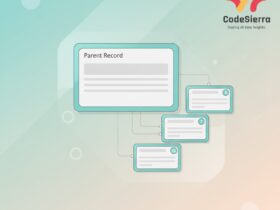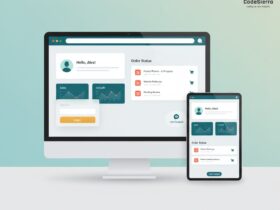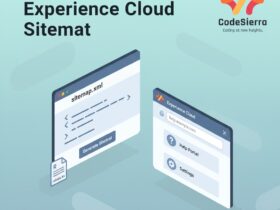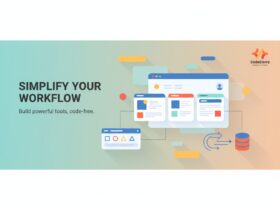Dynamic Salesforce web portals deliver personalized, self-service experiences by surfacing CRM-powered content in real time. Learn what portals are, core features, business benefits, and practical tips for building them with tools like Titan.
What is a dynamic web portal?
A dynamic web portal is an interactive website that adapts content and functionality to each user by leveraging server-side logic, client-side scripting, and CRM data. Unlike static websites, portals present tailored dashboards, records, and actions based on the authenticated user and business rules.
Core features of Salesforce-connected portals
- Personalized content and recommendations driven by user profiles and behavior.
- Secure login and user authentication with profile-based access to sensitive data.
- Interactive UI elements: chatbots, forms, feedback widgets, and in-line updates.
- Self-service workflows for tasks like order tracking, case submission, and profile updates.
- Real-time sync with CRM data so users always see current records and statuses.
Business benefits
Dynamic portals boost engagement and customer satisfaction by delivering relevant content and reducing friction. They scale with your business, lower support costs through automation, and improve decision-making by giving users instant access to CRM data.
Common portal types and use cases
- Customer service portals: case management, knowledge base, ticket tracking.
- E-commerce portals: product catalogs, pricing, inventory and checkout integrated with Salesforce orders and leads.
- Employee intranets: HR resources, policies, and internal knowledge sharing.
- Education and learning portals: progress tracking, tailored learning paths, and assessments.
How Titan simplifies building Salesforce portals
Titan is a low-code/no-code portal builder that integrates natively with Salesforce Experience Cloud. Key capabilities include:
- Drag-and-drop page and component design using Lightning Web Components.
- No third-party middleware required—native Experience Cloud deployment.
- Pre-built templates for customer service, eCommerce, and self-service flows.
- Built-in user engagement tracking surfaced in Salesforce Lightning dashboards.
- Automations that tie portal actions back to CRM records and processes.
Best practices for building portals
- Start with defined user personas—map content and actions to their needs.
- Keep authentication and data privacy rules tight; use profile-based access controls.
- Prioritize mobile-responsive design and accessibility.
- Surface only relevant CRM data to avoid clutter and protect sensitive fields.
- Measure engagement with dashboards, then iterate based on metrics.
Quick implementation checklist
- Define personas and use cases.
- Map required Salesforce objects, fields, and sharing rules.
- Select a portal tool (Experience Cloud + LWC or a tool like Titan).
- Prototype pages and automations, then test with a user group.
- Deploy and monitor engagement / support metrics.
By connecting dynamic web portals to Salesforce, organizations empower users with self-service, personalize experiences, and reduce support overhead. For admins and developers, portals open new opportunities to expose CRM data securely to customers, partners, and employees while improving business outcomes.
Why this matters — Dynamic portals reduce friction for customers and employees, drive higher engagement, and make Salesforce data actionable outside the core CRM. Whether you’re an admin designing page access, a developer building LWC components, or a product owner planning CX, portals are a strategic channel to deliver value.










Leave a Reply